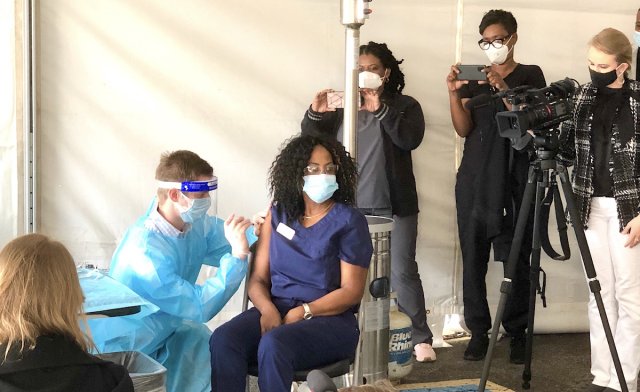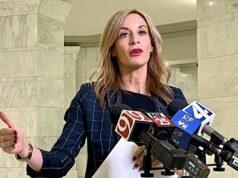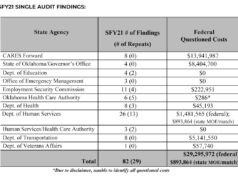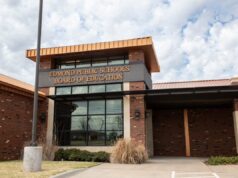
Federal reserves of booster doses for COVID-19 vaccines were expected to be a shot in the arm for Oklahoma’s vaccination capabilities in coming weeks, but the program has turned out to be a kick in the pants after it was discovered those reserves don’t actually exist.
Deputy Commissioner of Health Keith Reed said in a press conference this afternoon that, like health care officials around the nation, he was surprised and “extremely frustrated” to learn Thursday that the promised second doses would not be arriving.
Both the COVID-19 vaccines currently approved for distribution require a booster shot to achieve their full effect. Until now, state leaders believed the federal Operation Warp Speed program would be keeping track of when and where boosters would be needed, reserving booster doses and sending them out when needed, separately from the expected supply of initial doses.
“We were given a clear impression for every prime dose we were receiving each week, there was an equivalent amount held back for a second dose,” Reed said.
Reed said he first learned of the change in a phone call Thursday with a contact at Operation Warp Speed. They were discussing plans for booster doses “because we had not heard anything,” he said.
“That was the first word I heard of it,” he said, “but then, quite frankly, the additional information was through the media report. We did not get a real clear brief from Operation Warp Speed about what was happening.”
A change in plans
Rather than receiving a separate supply of booster shots, the state will be receiving all its allocated doses — primary and booster — in one lump sum each week. Already, vaccine supply is unpredictable, as states are notified only a week in advance of how many doses they have been allotted for the following week.
The news that the federal booster reserve doesn’t exist will add a layer of logistical difficulty to the state’s vaccination program as primary and booster doses will have to be tracked and deducted from the same supply stream.
“What we anticipate doing to ensure that we meet the needs of Oklahomans is we will prioritize those boost doses to ensure everyone gets their boost, and then the excess inventory on that will go to prime,” Reed said.
“Everyone needs to understand, it will appear that we’re getting a lot more vaccine,” Reed said. But that increase will be somewhat of an illusion “because we will start folding boost numbers in with those prime doses.”
Reed said that he doesn’t anticipate the change will significantly slow the pace of the current vaccination program, but there won’t be the rapid increase in capacity he had previously hoped for.
“If you really want to know what my frustration is — we have a lot of tools in the toolbox,” he said. “We have a lot of pharmacies, we have urgent care centers, FQHCs, primary care providers. We’ve got word now over 14,000 pandemic providers have signed up. Those, in my mind, are sitting there in a toolbox ready to be engaged, and they’re all opportunities to get vaccine to Oklahomans, but it takes supply to do it. So that’s where my frustration is.”
New strains and a new administration
Oklahoma currently has one of the highest COVID-19 infection rates in the country, but it’s vaccine rollout has also been one of the quickest.
Reed said that, so far, a new strain of COVID-19 appears not to have arrived in Oklahoma and that local laboratories are keeping an eye out for any suspicious specimens.
He also said the change in presidential administration might also cause some upheaval in an already inconsistent federal program.
“It changes almost daily now,” he said. “So I certainly anticipate there will be a change with the transition in administrations. I don’t know exactly what that would be. I hope that it would somehow end up to be more vaccine for us.”





















